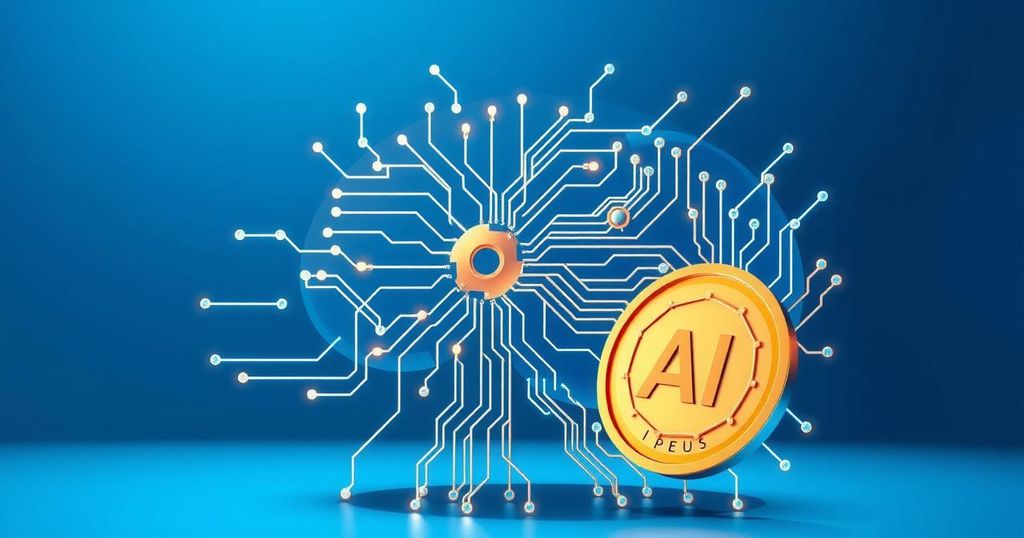Used EV Batteries Fueling the AI Boom in Reno
- Rows of solar panels near Reno are powered by used electric vehicle batteries.
- Crusoe’s cloud platform relies on recycled batteries for AI operations.
- By 2028, U.S. data centers could use 12% of the country’s electricity.
- Redwood Materials has recovered enough batteries to power 250,000 EVs.
- The engineering team makes the battery system simple and effective.
Used EV batteries are driving AI innovation in Nevada.
In a sun-soaked field just outside Reno, Nevada, a remarkable partnership is unfolding between old technology and tomorrow’s avancée. Rows of solar panels gleam under the bright desert sun, while underneath layers of plastic lie used electric vehicle batteries, ready to power data centers for Crusoe, a cloud platform buzzing with artificial intelligence activity. Cully Cavness, the company’s co-founder and COO, highlights the urgent need for dependable, fast-acting power for AI—a need that’s only going to grow as the technology evolves further.
Redwood Materials leads the charge against energy consumption.
With projections suggesting that by 2028, U.S. data centers might consume an astonishing 12% of the country’s electricity, the pressure is on to find alternatives to traditional energy sources—that includes gas plants, which are popping up in Texas like dandelions. However, Cavness argues that switching to gas doesn’t have to be the only option. He believes that utilizing recycled EV batteries is a way to harness renewable energy while achieving that rapid power response the AI industry craves. In the heart of this initiative are the batteries sourced from Redwood Materials, which reported recovering over 20 gigawatt-hours of lithium-ion batteries in 2024, enough juice for a staggering 250,000 electric vehicles.
Modular solutions present endless possibilities for energy.
Colin Campbell, the chief technology officer for Redwood Materials, doesn’t believe in waste. He views used batteries, which might have lost about 20% of their capacity, as diamonds in the rough—just because they’re not fit to keep an electric car zipping along doesn’t mean they aren’t suitable for energy storage. The clever engineering approach is refreshing, focusing on simplicity with no excess plumbing needed. “It’s about making something reliable, efficient, and economical to implement,” says Campbell, reflecting on the ongoing innovation. Success here could serve as a template for similar setups nationwide, feeding into that scaling excitement voiced by JB Straubel, a former chief technology officer at Tesla.
The innovative use of recycled electric vehicle batteries in data centers not only showcases a sustainable approach to power the AI boom but also highlights how the tech industry can pivot from traditional energy sources. With companies like Redwood Materials stepping into the fray, the prospects of harnessing energy from old batteries seem brighter than ever. This emerging model stands as a beacon for future energy solutions that could transform how we power the digital world.




Post Comment